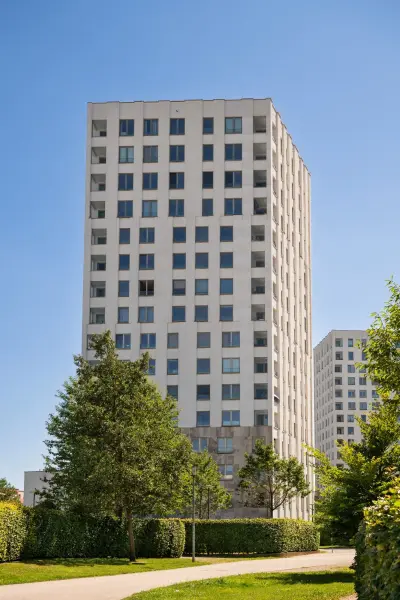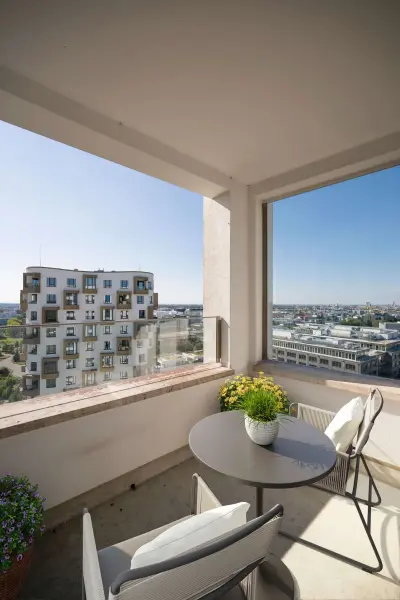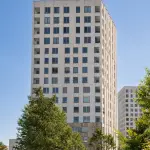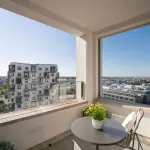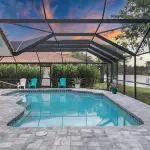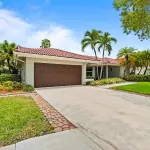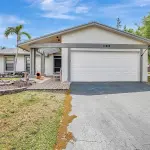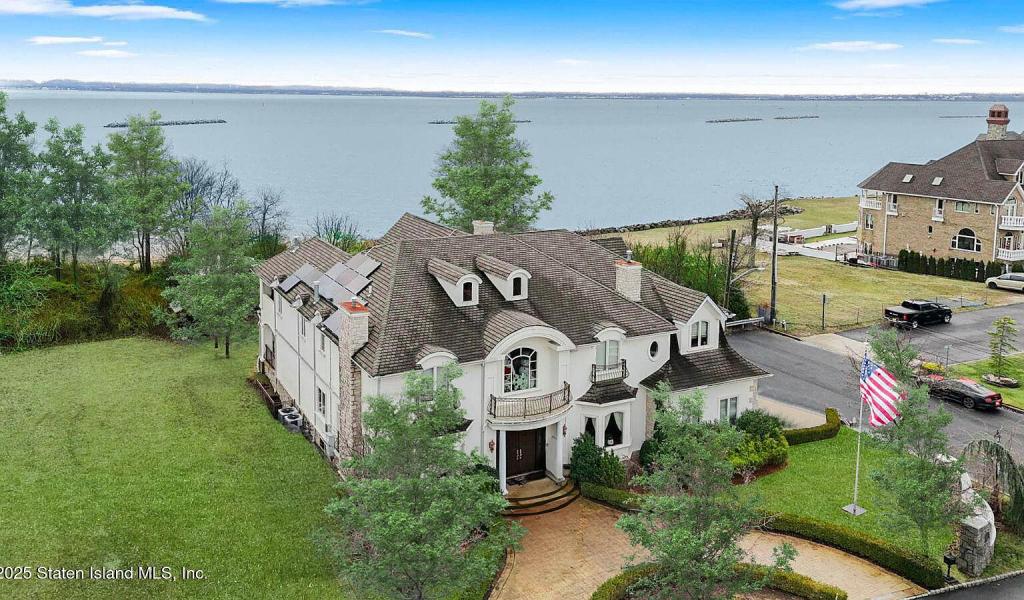
The Future of Real Estate Post-Pandemic
The Future of Real Estate Post-Pandemic
The COVID-19 pandemic has left an indelible mark on nearly every industry, and real estate is no exception. As the world begins to emerge from the pandemic’s grip, new trends and preferences are shaping the future of real estate. The surge in remote work, changing lifestyles, and evolving needs for living spaces have all contributed to significant shifts in how people view and invest in real estate. Let’s explore how the industry is evolving post-pandemic and what these changes mean for the future of housing.
Remote Work: A Permanent Change
One of the most significant changes that the pandemic brought was the widespread shift to remote work. As businesses adapted to social distancing and lockdown measures, many employees found themselves working from home — and they may continue to do so for the foreseeable future. While the pandemic forced this shift initially, it quickly became clear that remote work can offer both businesses and employees advantages, including flexibility, reduced commuting time, and a better work-life balance.
This shift has had a profound impact on the real estate market. In many cities, there’s been a notable decline in demand for office spaces, while the demand for homes with dedicated workspaces has skyrocketed. Homebuyers are now seeking properties that offer separate offices, quiet spaces for concentration, and easy access to high-speed internet. With remote work likely to remain a fixture in many industries, this demand for homes that can accommodate professional needs is expected to continue growing.
:max_bytes(150000):strip_icc()/GettyImages-1369954837-c20e50f4994d43309e9cbe5820573b07.jpg)
Rise of Suburban and Rural Living
As remote work has become more widespread, people no longer feel tied to living in city centers. In the past, living near work was a priority for most, with people willing to pay a premium for the convenience of short commutes. However, with remote work allowing individuals to live anywhere, many are choosing to leave crowded urban areas for quieter, more affordable suburban or rural locations.
This trend has led to increased demand for homes in less densely populated areas. Suburbs and rural communities are now seen as attractive alternatives, offering larger properties, more outdoor space, and a slower pace of life — all at a fraction of the cost of urban living. The pandemic has sparked a desire for more space, both indoors and outdoors, as people now value privacy and room to spread out, particularly as home offices and home gyms become essential.
As a result, real estate markets in suburban and rural areas have seen a boom, with some regions experiencing price increases as people flock to these areas in search of better quality of life. This shift could have long-lasting effects on city planning and housing development, as demand for suburban and rural homes continues to grow.

Increased Focus on Health and Wellness in Housing
The pandemic has also heightened awareness around health and wellness, and this shift is influencing homebuyer preferences. With more time spent at home, people are becoming more mindful of how their living environments affect their physical and mental well-being. Buyers are increasingly seeking homes that prioritize air quality, natural light, and access to outdoor spaces.
In response, many homebuilders and designers are incorporating wellness features into their homes. These features might include things like air purification systems, larger windows to let in natural light, outdoor spaces such as gardens or balconies, and even dedicated spaces for exercise and relaxation. As more people value wellness in their living spaces, these features are expected to become standard in the homes of the future.
Additionally, we are likely to see more interest in properties with green spaces, either as part of the property itself or in proximity to parks and nature reserves. People are looking for homes that provide not just shelter, but also a space that promotes physical and mental health.

Smart Homes and Technology Integration
Another major trend in real estate post-pandemic is the growing demand for smart homes. As technology continues to play a larger role in daily life, homes that are equipped with the latest tech innovations are becoming more desirable. Features such as voice-activated assistants, automated lighting, smart thermostats, and security systems that can be controlled remotely are all becoming more common.
In addition, homes with high-speed internet access and advanced technological infrastructure are in high demand, especially with more people working and schooling from home. A robust tech setup is no longer just a luxury; it’s a necessity. As we continue to embrace digital lifestyles, homes with integrated technology that enhance comfort, convenience, and security will be highly sought after.
Sustainability and Green Building Practices
The post-pandemic real estate market is also seeing an increased focus on sustainability. With environmental concerns becoming more prominent, buyers and builders are placing more emphasis on eco-friendly construction and energy-efficient homes. This trend is driven by a growing awareness of climate change and the desire to live more sustainably.
Sustainable features, such as solar panels, energy-efficient appliances, and environmentally friendly building materials, are gaining popularity. Green building practices that reduce a home’s carbon footprint and improve energy efficiency are becoming important selling points. As the demand for sustainable living grows, we can expect more homes to be built with eco-friendly features in mind.
Additionally, there is an increased interest in homes that support sustainable lifestyles. Urban farming, water conservation systems, and the use of reclaimed materials are all becoming more common in home design. Buyers are looking for homes that align with their values, not only in terms of aesthetics but also in their impact on the planet.
Short-Term Rentals and Investment Opportunities
The pandemic also led to a rise in short-term rentals, as travel and tourism were impacted. However, even as travel begins to rebound, the demand for short-term rental properties is expected to remain strong. Many people are seeking vacation homes or investment properties that can generate income through platforms like Airbnb and Vrbo.
As a result, some real estate investors are focusing on properties that can easily be rented out on a short-term basis. This trend is transforming the way people think about property investment, with more investors looking to diversify their portfolios by adding vacation homes or multi-family properties that can generate rental income.
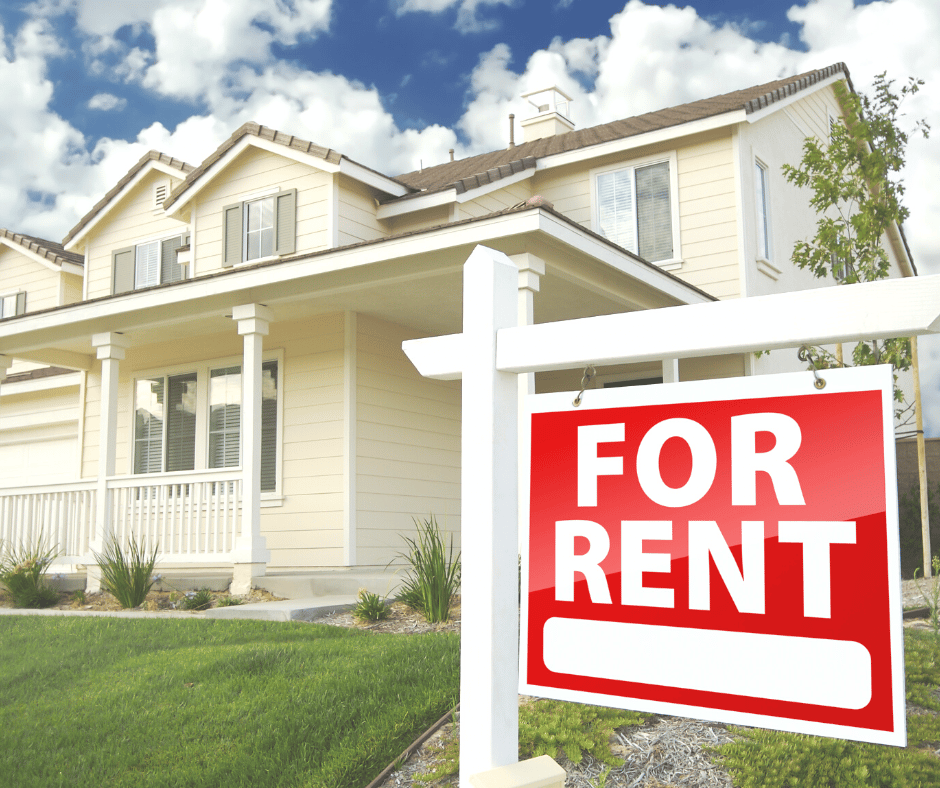
Conclusion
The real estate industry is undergoing significant changes in the aftermath of the COVID-19 pandemic. From the rise of remote work to a shift toward suburban living, people are rethinking what they want in a home. As a result, the future of real estate is shaping up to be more focused on flexibility, wellness, and sustainability. With more people seeking homes that cater to their evolving lifestyles and values, the real estate market is expected to continue evolving, offering new opportunities for buyers, sellers, and investors alike.
